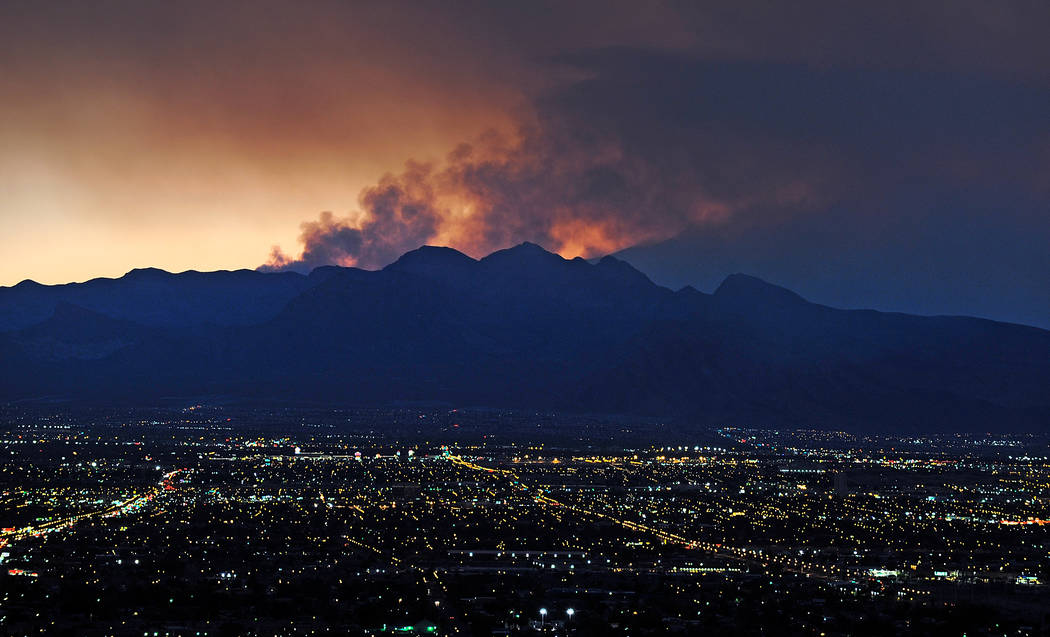
The Office of Nevada Gov. Steve Sisolak, the U.S. Forest Service, the U.S. Bureau of Land Management and the U.S. Fish and Wildlife Service finalized a landmark agreement that calls on state and federal agencies to increase their collaborative efforts to reduce the risk and impacts of catastrophic wildfire.
Through the Nevada Shared Stewardship Agreement, the agencies will jointly identify priority landscapes, coordinate investments, and carry out projects that improve the health and productivity of forest, rangeland, and wildlife habitat, prioritizing investments for the greatest impact. The goal is to achieve landscapes that are more resistant and resilient to wildfire and other disturbances for the benefit of Nevada’s citizens and wildlife.
“This agreement reaffirms our commitment to a collaborative response to Nevada’s wildfire risk and sets up a framework for implementing effective interagency work moving forward,” Sisolak said in a Nov. 15 news release that provided details.
Threats to Nevada’s ecosystems continue to increase at a high rate. Large-scale wildland fires are one of the greatest threats to Nevada’s landscape and are occurring with increasing size, severity, and frequency. Significant increases in invasive annual grasses compound Nevada’s fire challenges, alter ecological functions, degrade habitats for wildlife, and reduce forage for livestock.
To address these threats in Nevada and other states, the Forest Service in 2018 announced a new strategy to work more closely with states to identify landscape-scale priorities for targeted treatments in areas with the highest payoffs.
The Forest Service has since signed shared stewardship agreements with eight states. The Nevada Shared Stewardship Agreement is the first to include the U.S. Department of Interior’s Bureau of Land Management and the U.S. Fish and Wildlife Service as signatories.
“Through the Nevada Shared Stewardship Agreement, the State of Nevada, the Forest Service, BLM, and the U.S. Fish and Wildlife Service will expand our working relationships to pursue the right work in the right place at the right scale,” U.S. Forest Service Intermountain Regional Forester Nora Rasure said in a statement. “Because catastrophic wildfire threatens all of our shared values, our initial focus will be creating landscapes that are more resistant and resilient to wildfire and other disturbances for the benefit of Nevada’s communities, rural economies, and wildlife.”
The Nevada Shared Stewardship Agreement identifies two specific goals: First, state and federal agencies will identify a list of initial projects to reduce fire risk and target completing two landscape-scale, multijurisdictional projects by the end of 2021. Second, by 2025, the parties will work to increase the annual number of acres treated by 50 percent, through active management on state, county, private, tribal or federally administered lands.